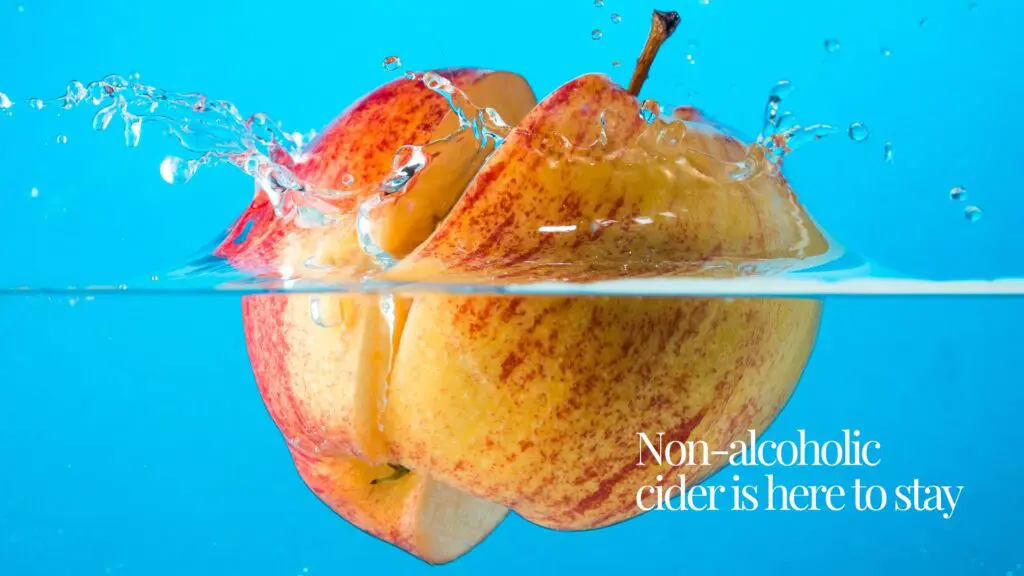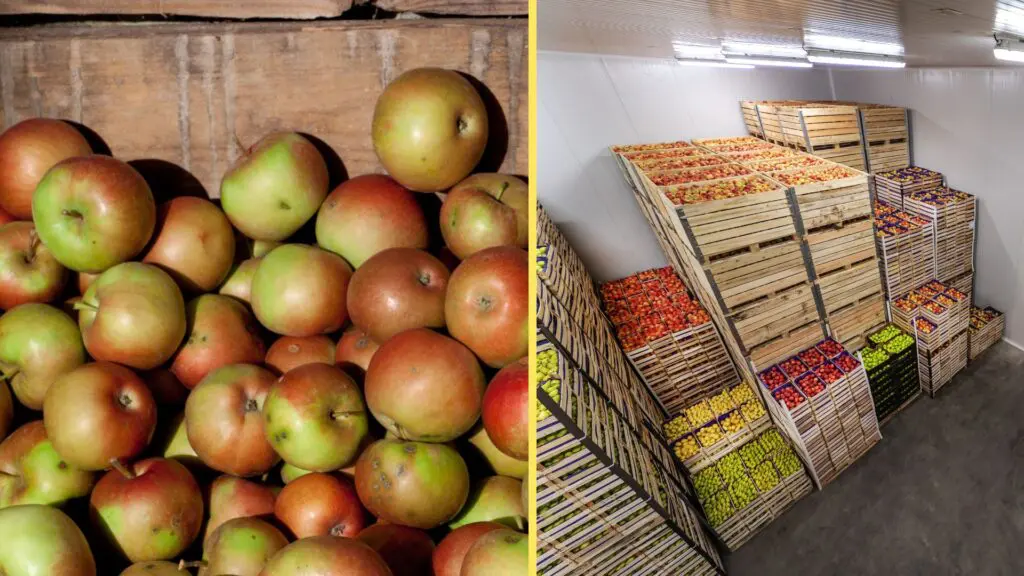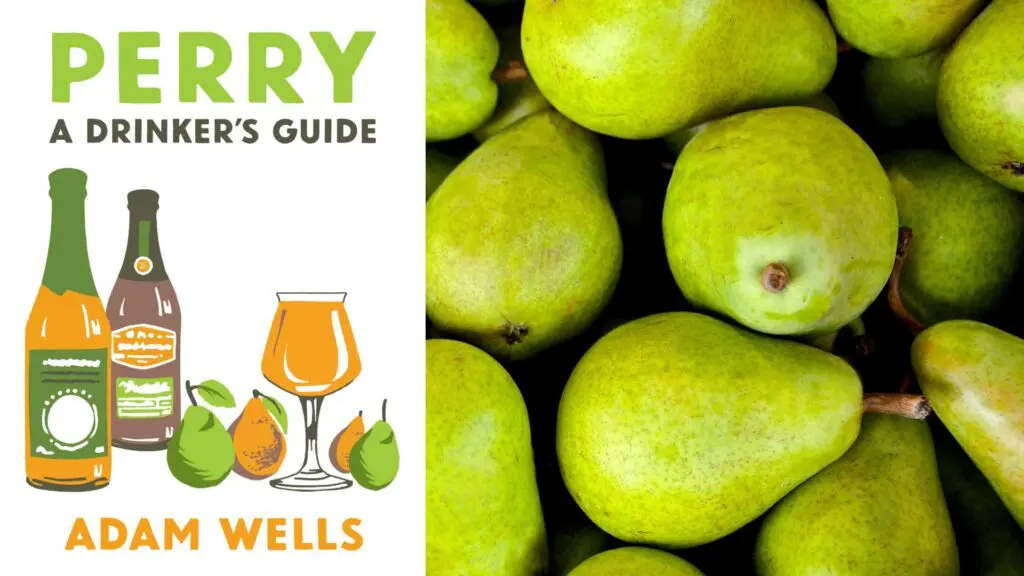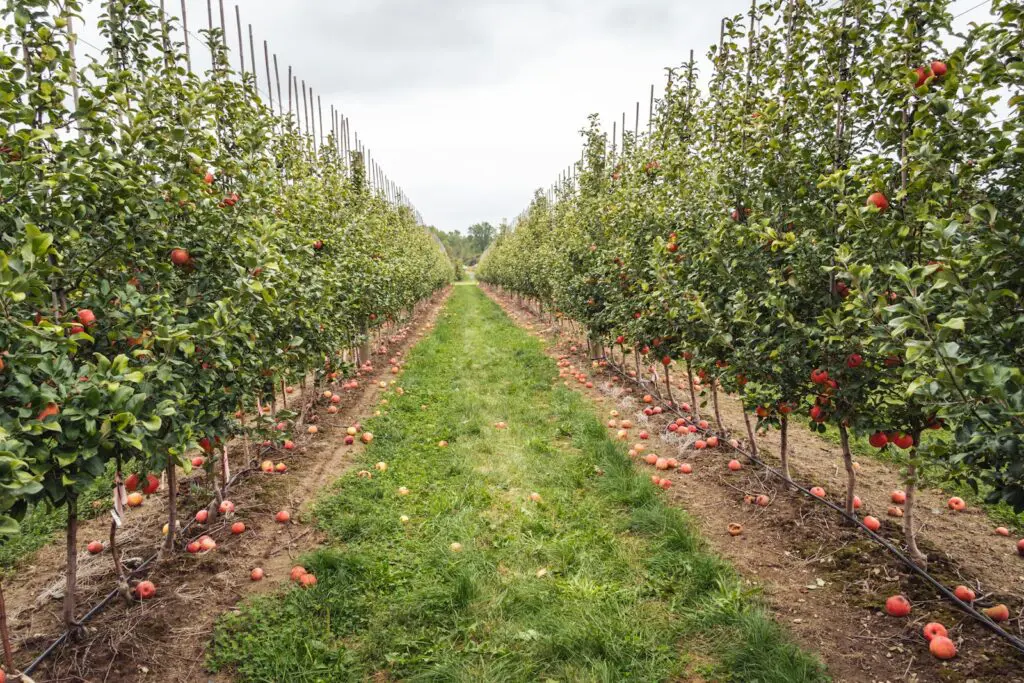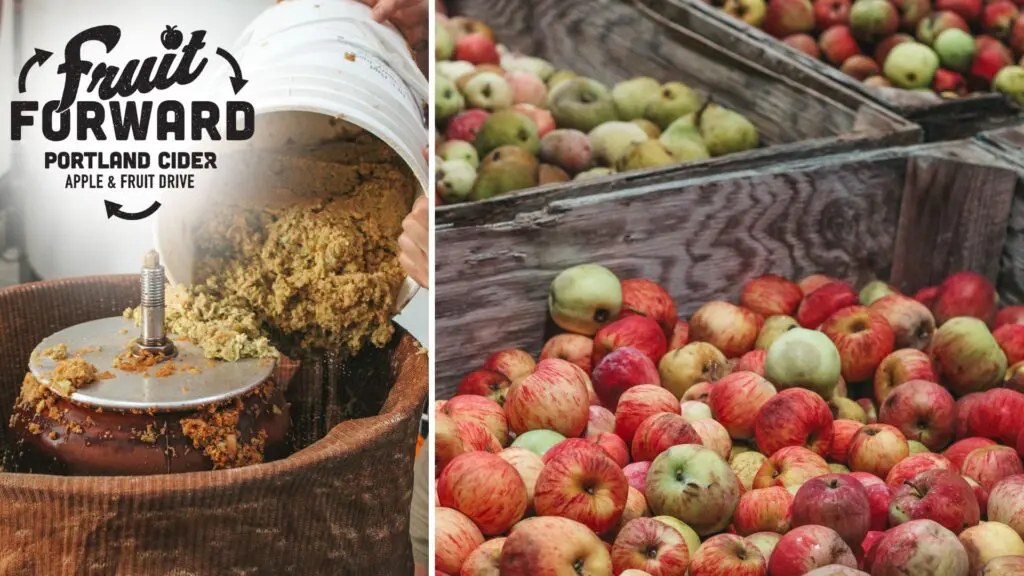For many, the holiday season marks the time of eggnog, Christmas cookies and gingerbread. For the cidermakers at three cideries across the country, it means keeping a constant eye on their ciders as they sit chilled and fermenting.
The ciders they’re watching ever-so-carefully are fermenting through a process called pétillant naturel, better known as pét-nat. Also known in the wine world as the OG sparkling wine, pét-nats have captivated wine enthusiasts for its natural process and affordability. The process is thought to date back to 16th century France when monks developed the method.
Unlike other sparkling wines such as Champagne, pét-nats are bottled before completing their first fermentation and the finished product is a surprise only discovered upon its opening. More recently, pét-nats have become an experiment for cidermakers willing to take the leap and risk required for the natural cider.
Katie Selbee and Matthew Vasilev of Twin Island Cider on British Columbia’s Pender Island use wild fermentation for all of their ciders so the natural process of a pét-nat was appealing to them. Last year was their first pét-nat batch which sold out within a month.
“It had some confectionary notes like candy, a chalky aftertaste making it reminiscent of rocket or Pez candy,” Selbee says. “You really push the limit of what flavors and aromas you can get and it’s fun to see how it turns out.”
Selbee explains they have to watch the cider carefully to determine when the sugar levels are just right to get the carbonation desired — a light fizz rather than an exploding bottle.
“To me, in some ways, the process to make a pét-nat wine or cider is more simple than a wine or cider that’s carbonated,” says David Dolginow, co-founder of Shacksbury Cider in Vergennes, Vermont. “But in some ways, it’s more challenging because you’re at the whim and will of Mother Nature.”
Shacksbury started putting out their pét-nat in 2015 after Dolginow got into wines of that nature and wondered if the same could be done with cider. After several successful vintages of Shacksbury’s pét-nat, the cidery is diving deeper into its exploration of the method and have teamed up with a winemaker for a pét-nat rose cider that will be released in the spring.
“I think that people are attracted to that tension that exists,” Dolginow says. “That, on one hand, it’s a simple process and then, on the other hand, it’s a really sort of natural and historic, complex process.”
The fact that pét-nat ciders haven’t caught on nearly as much as pét-nat wines puzzles makers like Dolginow and Selbee.
Between the inability to fully predict the product’s final taste, the ability to bottle the cider at the proper time and the natural cloudiness of the cider which Selbee says can be off-putting to consumers the cider is a bit of a risk to make.
Jon Piana of Fable Farm Fermentory in Barnard, Vermont, suggests there is a gap in consumer knowledge of wines and ciders. “People haven’t explored cider [like they have wine] while wine has never stopped being popular,” Piana adds.
From her own observations, Selbee finds that cidermakers often can get caught up in experimenting with flavors and forget about exploring with different methods of the actual process.
Piana agrees that while pét-nats have yet to catch on as they have in the wine world, he predicts that down the road, when more cideries become more established, they’ll start taking more risks and we’ll start seeing more pet nats as a result.
“I think that’ll change as these artisan cideries grow their business and get on the map,” he says.
Champagne may be thought of the classic drink for your New Year’s Eve celebration but this year, pop a bottle of pét-nat cider, a drink that represents the best part of a new year — the tantalizing surprise and excitement of not knowing what’s to come.


